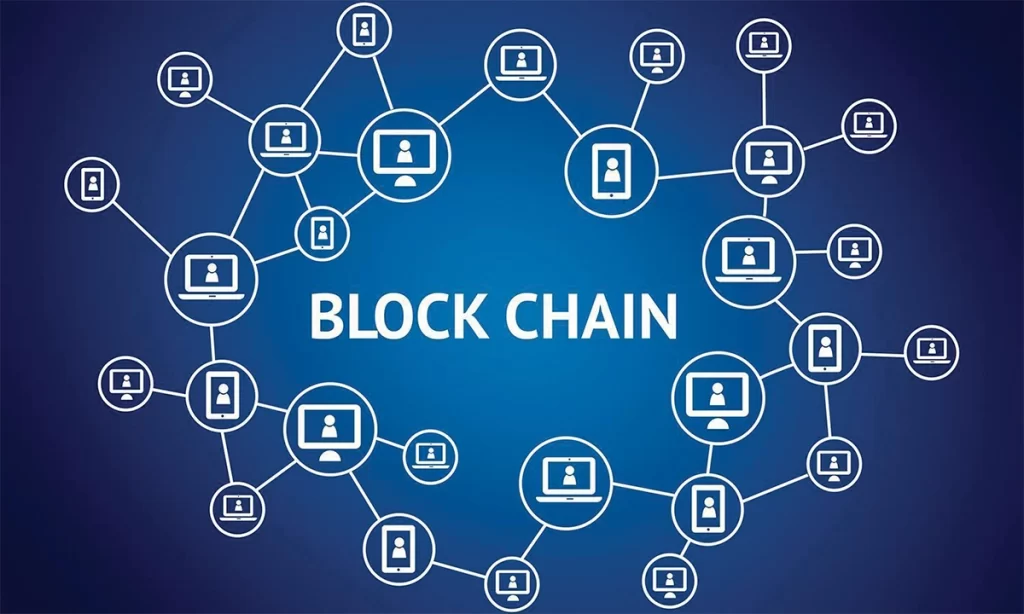A new paradigm is taking over the world’s education system. Traditional methods of education have catered to a select few, while millions of children have been left behind. Now, this imbalance is being addressed through the introduction of blockchain technology. The education revolution is here to bring more inclusive, equitable access to learning for all. This article explains the basics of how blockchain technology can help solve the problems with existing education systems. It also explores some ways in which it can be used right now and as an emerging trend that will continue to grow as time goes on.
How blockchain can help improve education
One of the main benefits of blockchain technology is its ability to provide secure, verified data. This makes it an ideal solution for guarding student records — and the data within them — from threats like tampering or data fraud. A school’s student database could be secured by blockchain-based smart contracts. This would prevent anyone from editing, deleting or altering data in the system. Another major issue with existing education systems is their reliance on central control. This can make it difficult to respond to local needs and challenges as well as address the needs of an ever-growing population. Blockchain could be used to decentralize data storage and processing, making it more decentralized and scalable. This could allow for an entirely new kind orchestrated system that’s more responsive to local needs.
Blockchain as an emerging trend
Despite the many benefits that blockchain can provide, it’s important to note that the technology is still in its early stages. Its full potential to revolutionize many sectors remains to be seen, and there are still many challenges and potential issues that need to be addressed. Given this, the industry is likely to continue to develop and mature over the next few years. This means that blockchain will likely see a growing number of applications in education. At the same time, the technology is likely to face some challenges and issues that need to be addressed before it can become more widespread. One of the most interesting trends related to blockchain in education is the growth of private, for-profit schools. Many people who want to learn about the benefits of technology are likely to enroll in these schools, which might serve as an indicator of how the technology is likely to be used.
Applications of blockchain beyond education
As blockchain technology matures, we can expect it to become more widely used across a variety of sectors. This includes sectors like healthcare, government, and even music and art. In education, blockchain’s ability to provide secure, verified data and decentralized data storage and processing would allow for a more decentralized and scalable system. One of the most exciting applications of blockchain technology in education is in the area of testing. Existing tests have been shown to have high rates of bias. In some cases, these can lead to the exclusion of entire populations, like students with disabilities. These tests can also be difficult to interpret for teachers, who are often the ones administering them. Blockchain technology could allow for fully automated testing. This could help to address the issues of bias and the inability to interpret test results.
Limitations of blockchain in education
Despite the many benefits that blockchain can provide, it’s important to note that the technology is still in its early stages. Its full potential to revolutionize many sectors remains to be seen, and there are still many challenges and potential issues that need to be addressed. Given this, the industry is likely to continue to develop and mature over the next few years. This means that blockchain will likely see a growing number of applications in education. At the same time, the technology is likely to face some challenges and issues that need to be addressed before it can become more widespread. One of the most interesting trends related to blockchain in education is the growth of private, for-profit schools. Many people who want to learn about the benefits of technology are likely to enroll in these schools, which might serve as an indicator of how the technology is likely to be used.
Conclusion
Although blockchain has great potential to revolutionize the education system, it still has some limitations due to its current stage of development. One of these is its ability to provide secure, verified data crypto genisus. Schools are likely to continue to use central control for the time being, especially given the challenges inherent in decentralized solutions.


